Summer is an important opportunity to know the main tourist attractions of this beautiful city of northern Peru, with centuries of history and culture, as well as a great climate for which it is known as the City of Eternal Spring.
El Carmen Monastery
Built in 1759, it is one of the best architectural ensembles in the city. It is made up of a temple and a convent with two cloisters. The art gallery houses an important collection of approximately 150 canvases, mostly from the 17th and 18th centuries.
Especially noteworthy canvases of the Quito and Flemish school. It is located at the intersection of Colón and Bolívar streets.
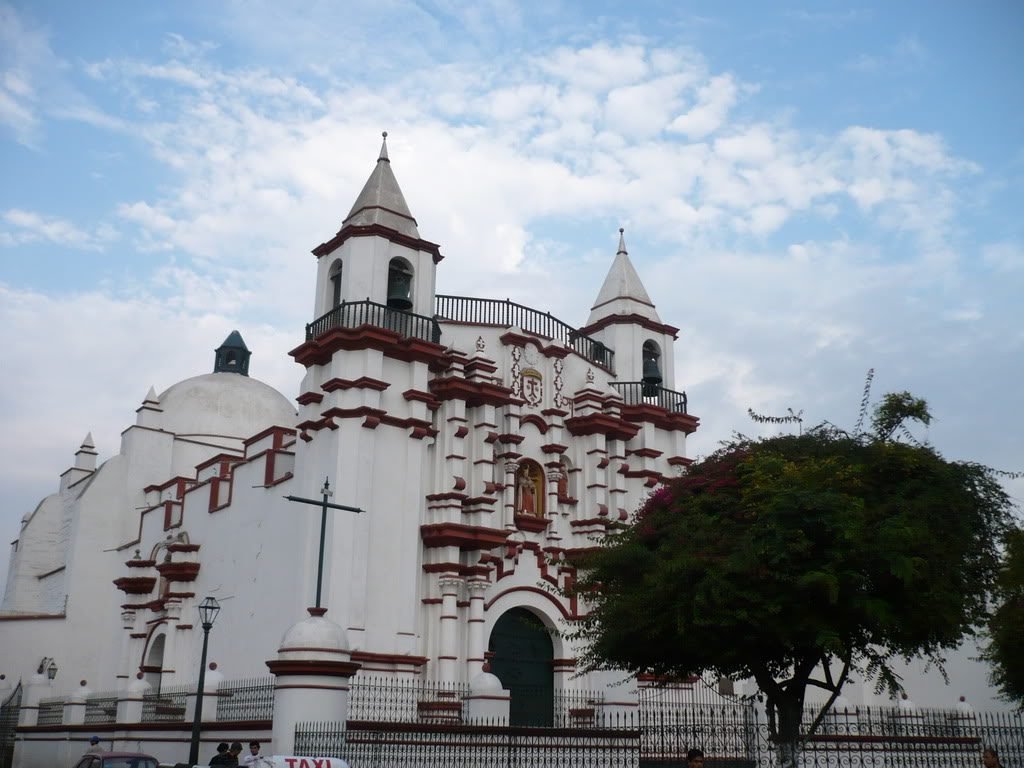
Emancipation House
In this property, located in the Francisco Pizarro 610 jirón, José Bernardo de Torre Tagle prepared the declaration of the independence of Trujillo. It also hosted the First Constituent Congress and then the government house of President José de la Riva Agüero.
It is also known as the Trujillo Civic Sanctuary and exhibitions are held there. The Royal Cédula original, currently signed in Valladolid by the Spanish emperor Carlos V, on December 7, 1537, which grants the coat of arms to the city of Trujillo, is currently exhibited in the interior rooms.
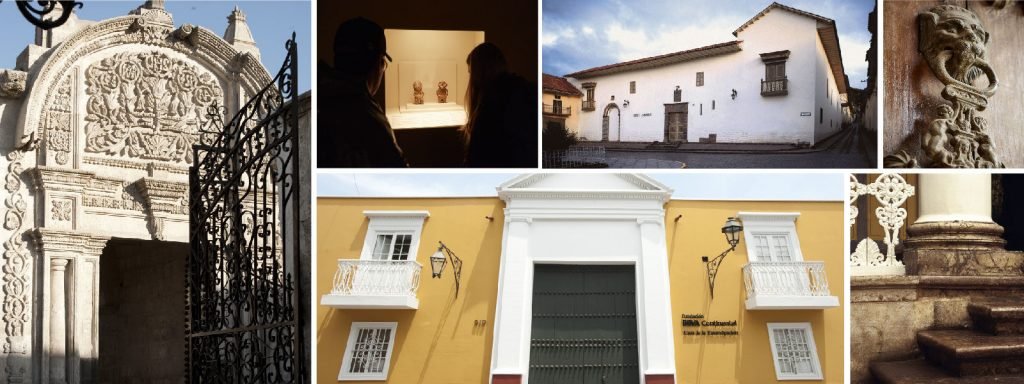
Chan Chan
Located about 5 kilometers northwest of the city of Trujillo, in the Moche Valley, this capital urban center of the Chimú kingdom constitutes the largest mud city in pre-Hispanic America. In 1986, Chan Chan was declared Cultural Patrimony of Humanity by Unesco.
With an original area of more than 20 square kilometers, from the vicinity of the port of Huanchaco to the Campana hill, archaeologists estimate that it housed more than 100,000 people. In its structure, squares, houses, warehouses, workshops, streets, walls and pyramidal temples are distinguished. Its enormous walls are profusely decorated with reliefs of geometric figures, zoomorphic stylizations and mythological beings. The tour of the archaeological site is complemented by a visit to the Site Museum.
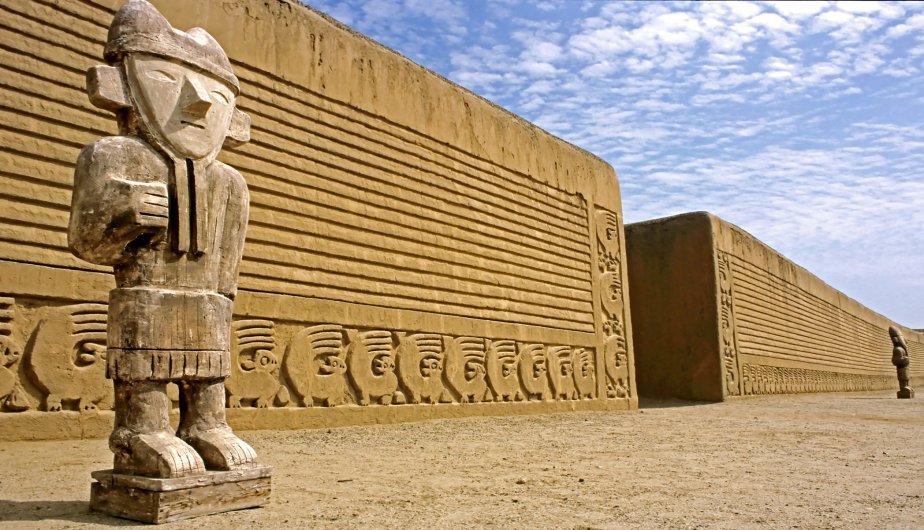
Huacas del Sol y de la Luna
It is made up of an adobe archeological complex located five kilometers south of Trujillo, in the Moche district, and physically represented the capital of Mochica culture since the first century B.C. until the ninth century A.D.
The Huaca del Sol is a stepped pyramid-shaped building about 43 meters high. It has 5 large terraces, the largest of 80 meters in length, with a base of 228 long by 136 wide and 18 meters high. It is crowned by a pyramid 23 meters high that has a quadrangular base of 103 meters on each side. This building was the political administrative center of this culture and housing for the Moche high society.
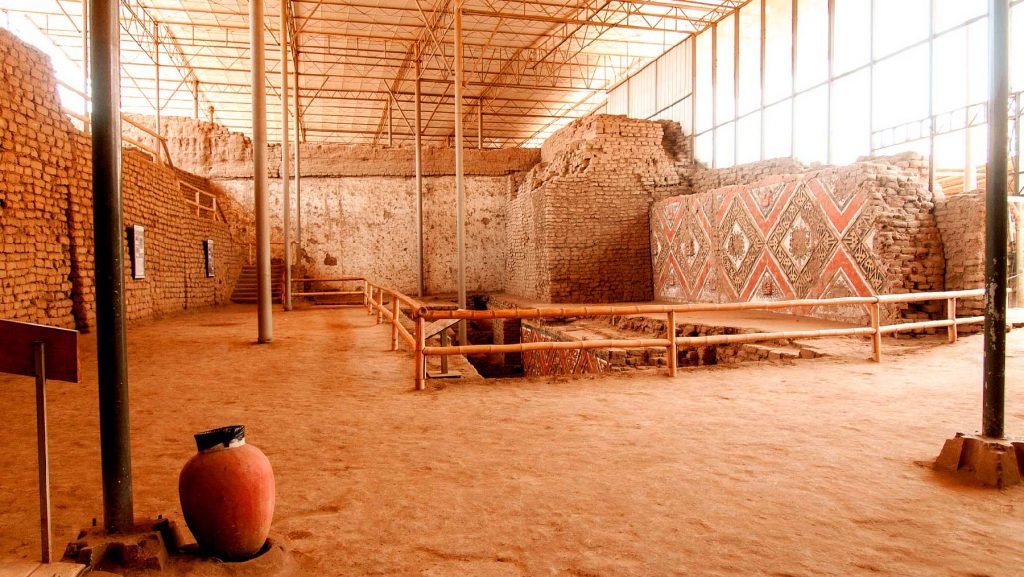
Half a kilometer from the Huaca del Sol is the Huaca de la Luna, a construction that stands out for having temples that were superimposed and built in different periods. It has a square base of 87 meters side and a height of 21 meters. A series of rooms decorated with human figures stood on its upper platform.
Huanchaco
It is the most important resort in the city of Trujillo and stage of the mass mass that Pope Francis will officiate. On the beach you can see the totora horses, ancestral boats of the Mochica and Chimu cultures that are used until today for fishing and that owe their name to their original design and to the vegetable fiber with which they are made. Thanks to its great waves, Huanchaco is one of the favorite beaches for table lovers
Hawaiian
In this resort, located 13 kilometers northwest of the city of Trujillo, Pope Francis will officiate a massive Eucharistic celebration on January 20, as part of his pastoral visit to Peru.
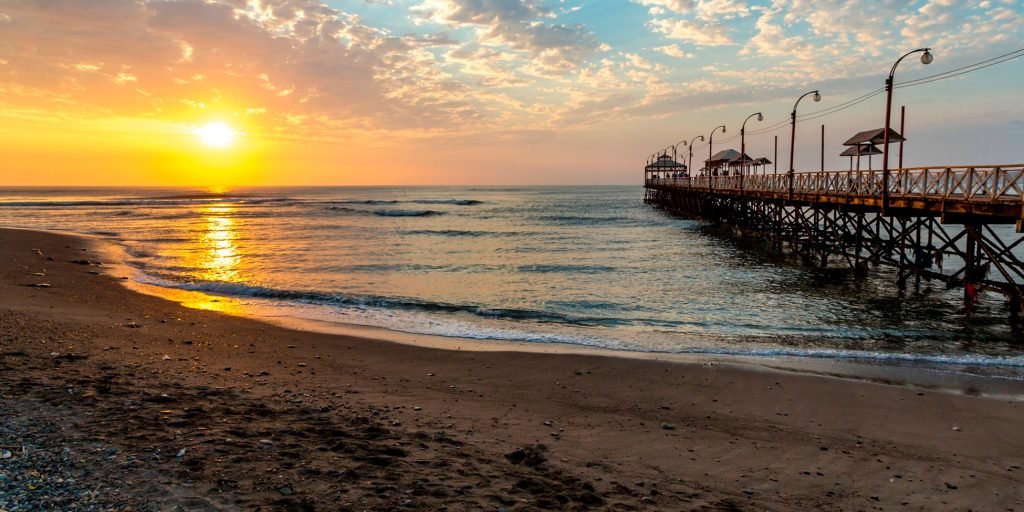


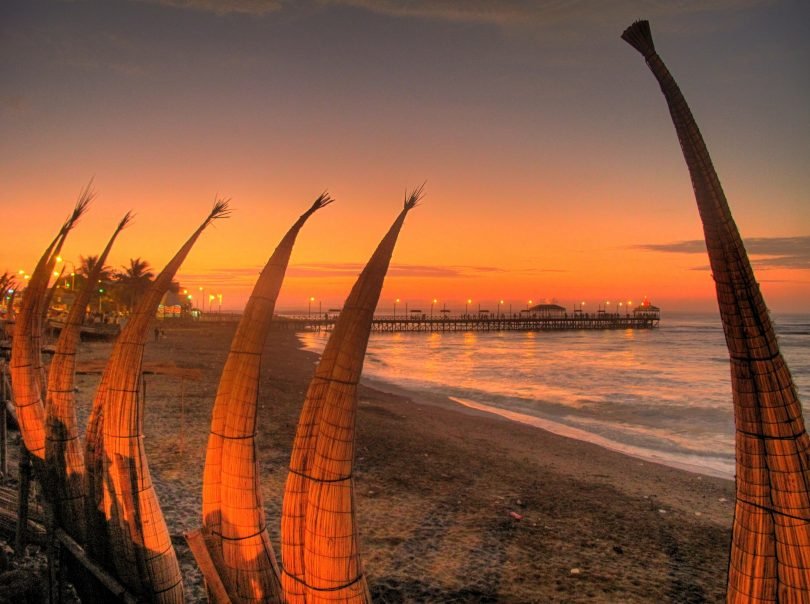
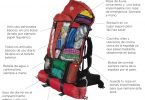
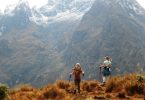
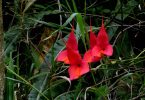
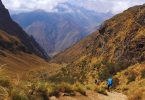
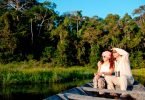
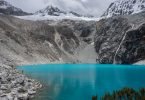
I’m satisfied with the information that you provide for me and thanks to this because sometimes people
face this problem.
King regards,
Balle Schneider